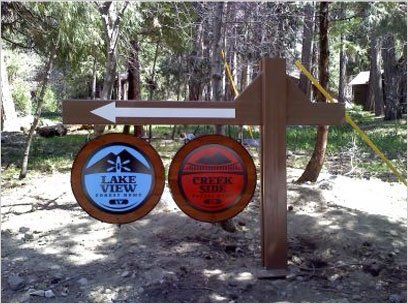


But I don’t think a lot of advisers will do what they did last month because it may be too many moves and disruptive for their clients. “Back in 2008, this group went independent when no one did. “What this could signal is firms wanting to have tighter contracts with their advisers,” she said. That put them in a unique position to take the leap back to an independent RIA, she said. Diamond, who said that she had no insight into how the split was financed, added that the four advisers had completed the five-years required under their work agreement with First Republic, and so were in accordance with their contracts with the bank. Will more advisers follow in their footsteps, as many did 11 years ago, and pursue a second opportunity to spin off their businesses?Īlso, how was the deal financed? Did the Luminous Capital partners need to buy out their contracts, essentially buying themselves back? Did a private equity fund of some type work with the four advisers? Are the Luminous Capital partners about to change industry norms again?įirst, is this a unique deal between the advisers from Luminous Capital and First Republic, a one-off or a harbinger of something new? Normally when firms sell, the sale is permanent. Until now, when a broker left a Wall Street firm to set up an RIA, he only had one chance to sell his practice. That second move to breakaway by the Luminous Capital partners got the industry’s attention. By then the firm had grown to $17 billion in client assets. Last month, they broke away from First Republic to create two new RIAs in a move that defies the standard business practices of the financial advice industry. Large and efficient spherical working range Sealed vertical cable option bringing additional and smart integration options with no screws from the top for. Sear, along with former Luminous partners Robert Skinner and Alan Zafran, are at it again. How many of those advisers had the success of the Luminous Capital partners in the back of their minds when they made the decision? Lured by the potential to increase net income and control their businesses, thousands of advisers have since left Wall Street, where they were trained and first chatted up clients. Four years later, First Republic Bank bought Luminous for reportedly $125 million, a staggering sum for an RIA.
#Industrial breakaway bolts full#
They timed their move perfectly and left Merrill Lynch in June, three months before the financial crisis hit full stride with the collapse of Lehman Brothers in September 2008. Luminous Capital, led by David Hou and Mark Sear, answered those questions by creating a registered investment adviser that was a resounding success. How would these advisers set up their firm? Would their clients follow? Could a group of such advisers, known as breakaway brokers in the industry, leaving one of Wall Street’s giants really make it on their own? Industrial breakaways Industrial breakaway couplings are by far the most common and can be used in myriad different applications.


 0 kommentar(er)
0 kommentar(er)
